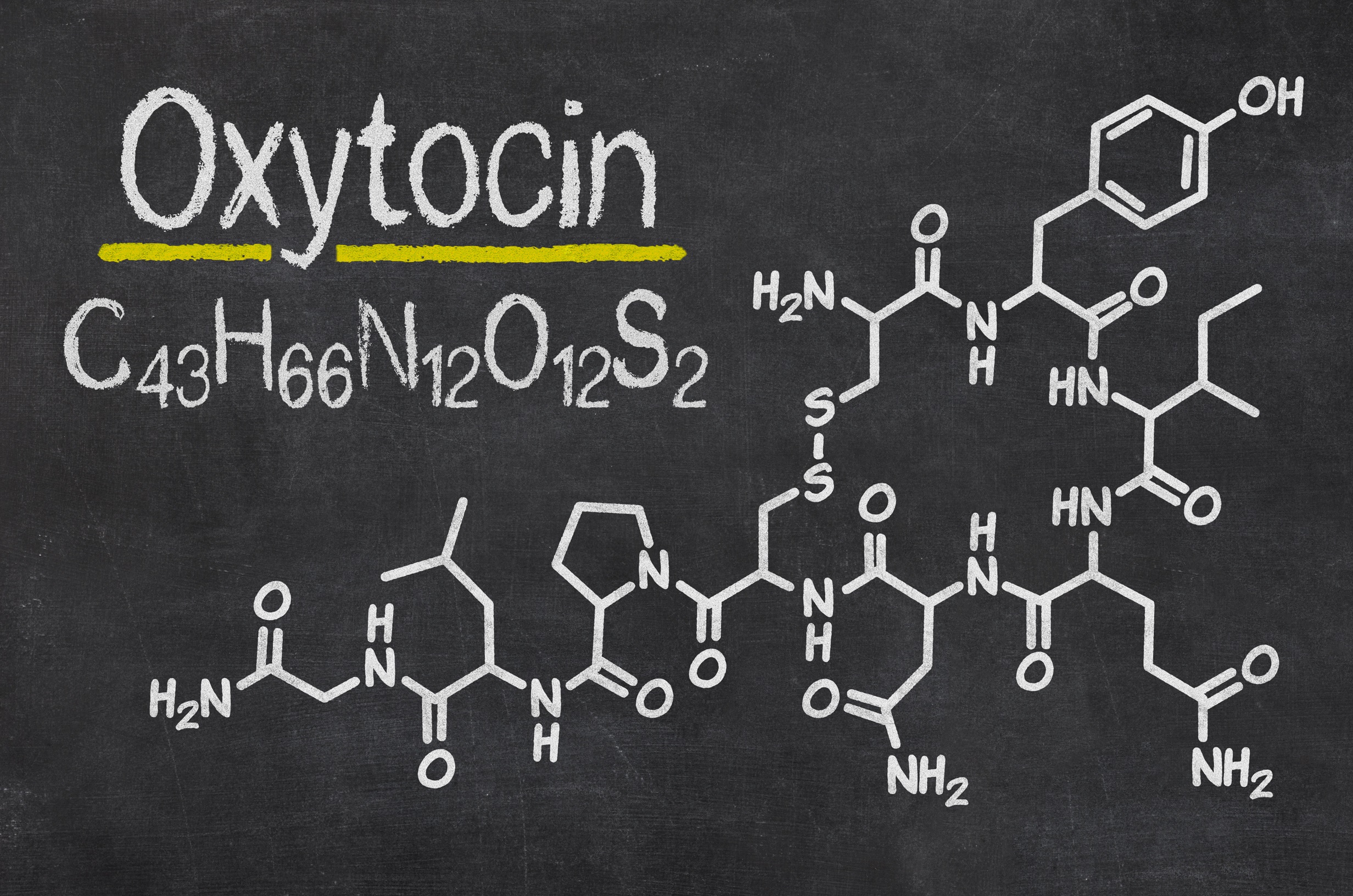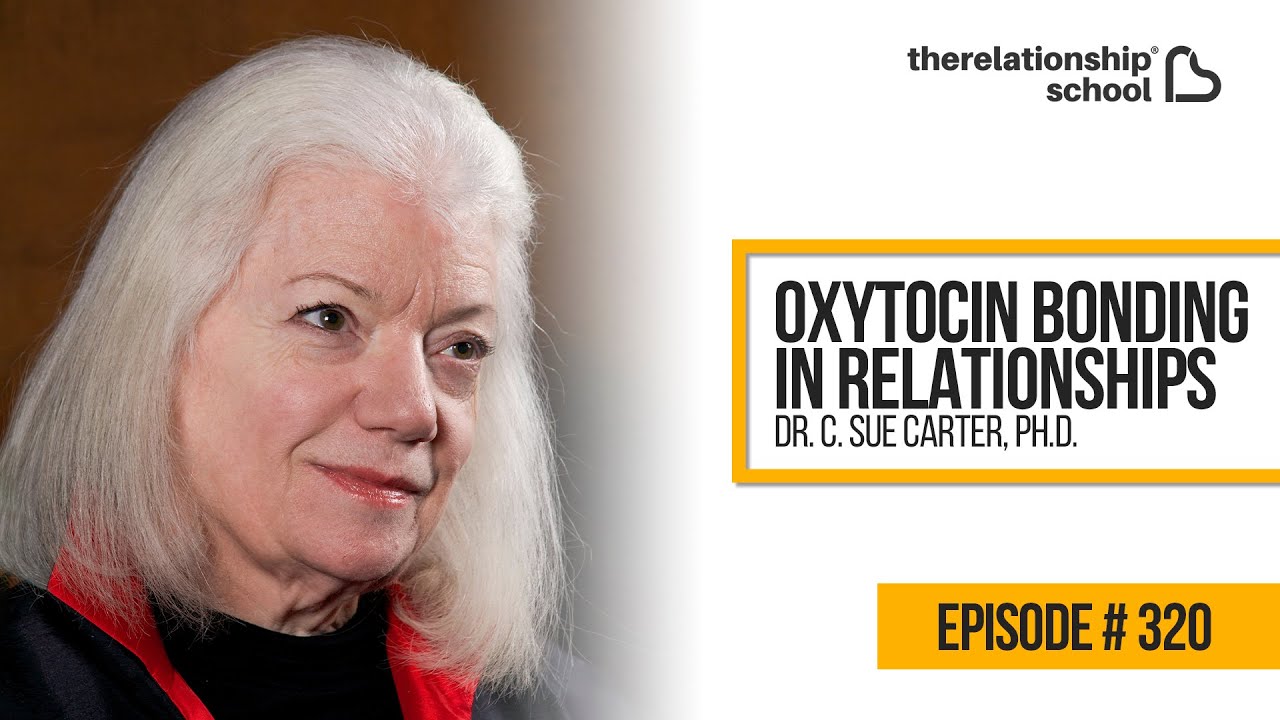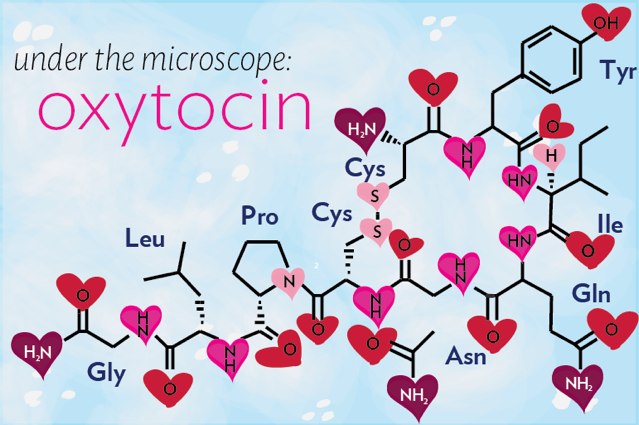Social touch promotes communication via oxytocin
Table of Contents
Table of Contents
Oxytocin and the role of touch in promoting relationship resilience is a fascinating topic that has been studied extensively by researchers around the world. This hormone, often referred to as the “love hormone,” plays a crucial role in social bonding, sexual attraction, and maternal behavior. In this article, we will explore the science behind Oxytocin and the role of touch in promoting relationship resilience.
Pain Points
Many people struggle with maintaining healthy relationships, whether it be with their significant other or loved ones. Some common pain points include lack of communication, feelings of isolation, and an overall sense of disconnection. These issues can often stem from a lack of physical touch and intimacy, which can prevent the release of Oxytocin.
Target of Oxytocin and the Role of Touch in Promoting Relationship Resilience
Oxytocin is a neurotransmitter that is released during physical touch, such as hugging, kissing, and cuddling. It plays a vital role in promoting social bonding by reducing stress and anxiety, increasing trust and empathy, and creating feelings of closeness and affection. When it comes to promoting relationship resilience, Oxytocin and the role of touch are essential components. Physical touch leads to the release of Oxytocin, which promotes a deeper sense of connection and trust between individuals, ultimately leading to more resilient and long-lasting relationships.
Main Points
In summary, Oxytocin and the role of touch in promoting relationship resilience are crucial components of healthy relationships. Lack of physical touch and intimacy can lead to pain points such as lack of communication, feelings of isolation, and disconnection. Oxytocin is a neurotransmitter that is released during physical touch, leading to reduced stress and anxiety, increased trust and empathy, and feelings of closeness and affection. When it comes to promoting relationship resilience, physical touch and the release of Oxytocin are essential.
Personal Experience
The power of Oxytocin and the role of touch in promoting relationship resilience became evident to me during a difficult time in my life. My partner and I were going through a rough patch, and I found myself feeling isolated and disconnected. It wasn’t until we started making time for physical touch, such as cuddling and holding hands, that I began to feel the sense of connection that we had lost. It was like the release of Oxytocin brought us back to a place of trust and empathy, allowing us to communicate and work through our issues more effectively.
The Science Behind Oxytocin and the Role of Touch in Promoting Relationship Resilience
Research has shown that physical touch releases Oxytocin, which has several positive effects on the body and mind. For example, it reduces stress and anxiety levels by decreasing cortisol, a stress hormone, and increasing feelings of relaxation and calm. It also increases trust and empathy between individuals, promoting feelings of closeness and affection. Furthermore, Oxytocin has been shown to increase the desire for social interaction, leading to more resilient and long-lasting relationships.
How to Incorporate More Physical Touch into Your Life
If you’re looking to improve the resilience of your relationships, incorporating more physical touch into your life is a great place to start. This could include hugging your loved ones, holding hands, cuddling, and even just sitting close to one another. It’s essential to make time for physical touch as it is easy to prioritize other aspects of our busy lives. However, the benefits of physical touch and the release of Oxytocin make it a crucial component of healthy and resilient relationships.
The Importance of Consistency
It’s important to note that consistency is key when it comes to physical touch and the release of Oxytocin. Making time for physical touch once in a while may produce short-term effects, but regularly incorporating it into your life will lead to long-term benefits. Whether it’s a daily hug with your significant other or a weekly cuddle session with a friend, consistency is essential for promoting relationship resilience.
Question and Answer
Q: Can physical touch only be beneficial with a partner?
A: No, physical touch and the release of Oxytocin can be beneficial for any relationship, including friendships and family connections.
Q: Can people lacking physical touch become immune to Oxytocin?
A: No, the release of Oxytocin is not determined by how often someone experiences physical touch. However, regular physical touch and intimacy can help increase the release of Oxytocin over time.
Q: Can physical touch be used as a therapy?
A: Yes, Oxytocin therapy has been used to help people with social anxiety disorder and other mental health conditions.
Q: How does Oxytocin affect our mental health?
A: The release of Oxytocin has been shown to reduce stress and anxiety levels, increase feelings of relaxation and calm, and promote social bonding and feelings of empathy.
Conclusion of Oxytocin and the Role of Touch in Promoting Relationship Resilience
Oxytocin and the role of touch are essential components of healthy and resilient relationships. Physical touch leads to the release of Oxytocin, promoting feelings of closeness, trust, and empathy between individuals. By incorporating regular physical touch into our lives, we can improve the resilience of our relationships and experience the many benefits of Oxytocin.
Gallery
» Human Touch And Our Internal Connection To Beauty Beauty Blog
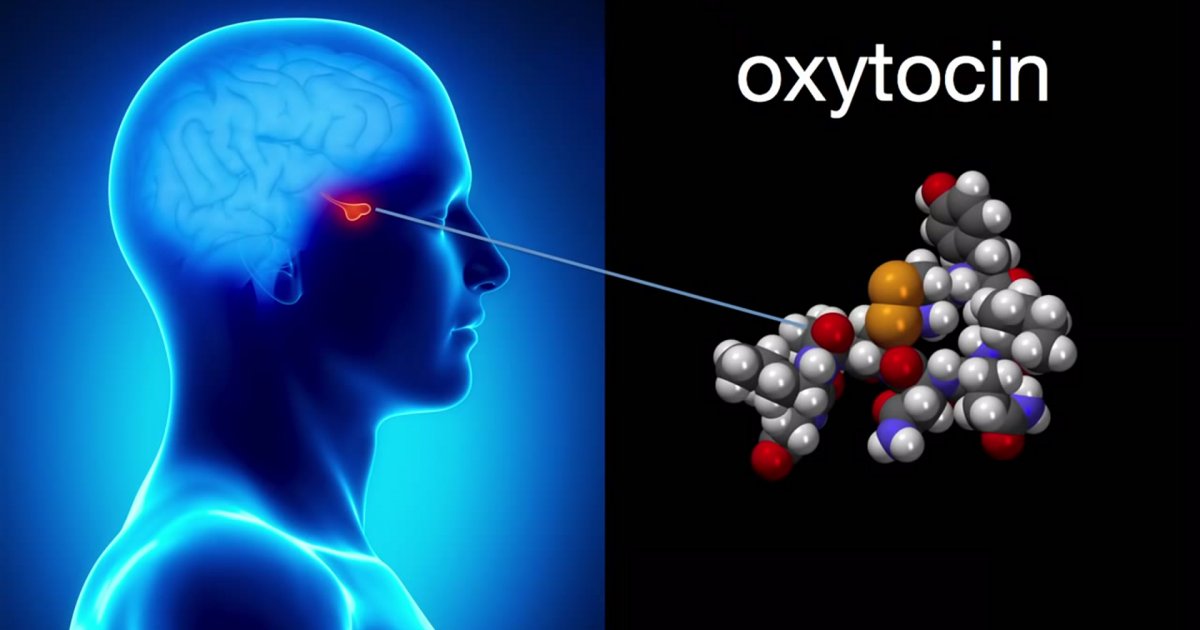
Photo Credit by: bing.com / oxytocin hormone hug gland brain released porn ted stress pituitary beauty releases when forth author young gary wilson effects talk
Oxytocin: The Love Hormone | Why We Need It | How We Can Get It
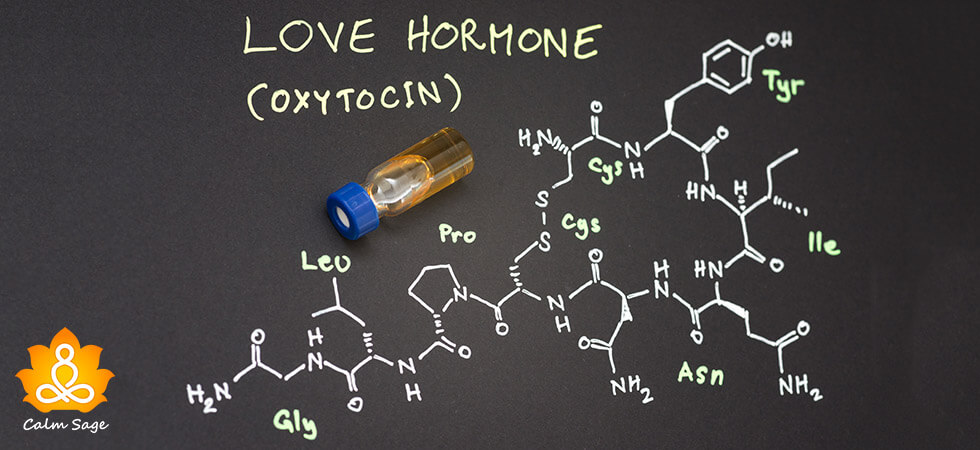
Photo Credit by: bing.com / oxytocin hormone neurotransmitter
Frontiers | Two Birds With One Stone: Possible Dual-Role Of Oxytocin In
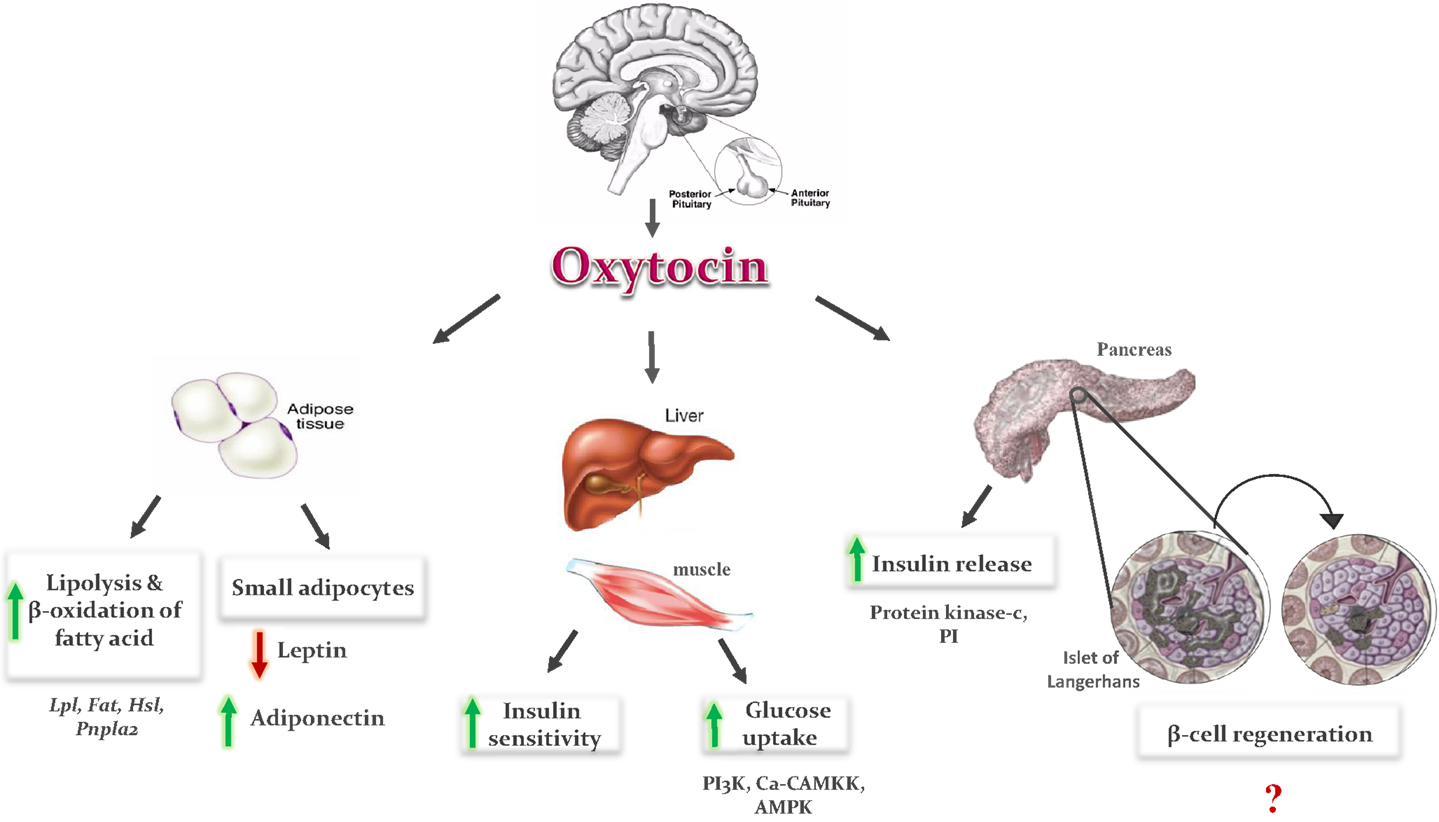
Photo Credit by: bing.com / oxytocin hormone role pituitary pregnancy secreted posterior effects gland released diabetes cells secretion when hypothalamus metabolic dual osteoporosis two lobe
Love, Actually: The Science Behind Lust, Attraction, And Companionship

Photo Credit by: bing.com / oxytocin lust attraction role vs men science companionship dopamine attachment behind three relationship hormones serotonin when vasopressin sitn hms harvard
Social Touch Promotes Communication Via Oxytocin | Human Frontier
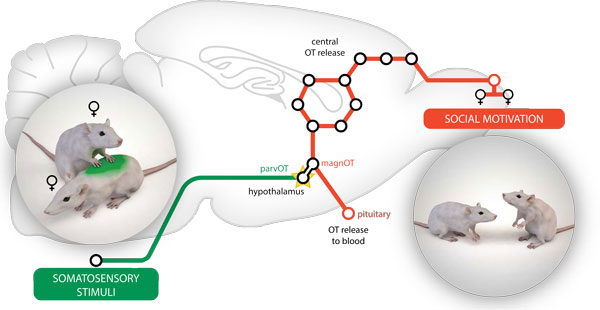
Photo Credit by: bing.com / oxytocin promotes


